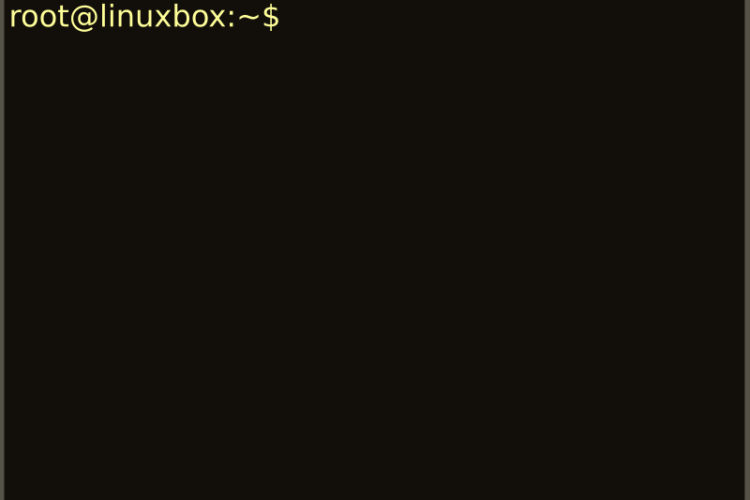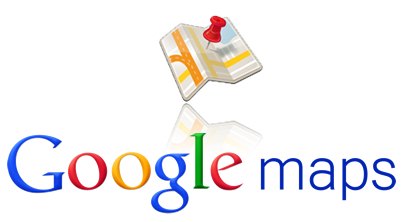Create the function sortArray() public function sortArray(&$array, $subkey=”id”, $sort_ascending=true) { if (count($array)) $temp_array[key($array)] = array_shift($array); foreach($array as $key => $val){ $offset = 0; $found = false; foreach($temp_array as $tmp_key => $tmp_val) { if(!$found and strtolower($val[$subkey]) > strtolower($tmp_val[$subkey])) { $temp_array = array_merge( (array)array_slice($temp_array,0,$offset), array($key => $val), array_slice($temp_array,$offset) ); $found = true; } $offset++; } if(!$found) $temp_array […]
var grammar = ‘#JSGF V1.0; grammar colors; public <color> = aqua | azure | beige | bisque | black | blue | brown | chocolate | coral | crimson | cyan | fuchsia | ghostwhite | gold | goldenrod | gray | green | indigo | ivory | khaki | lavender | lime | […]
Ok instead of this body onLoad=”” to this div id=”map” simply add this below your map load(); This makes it to that the javascript runs at load. Done.
To find a particular user. In the search bar type “spotify:user:replacethiswithusername” without quotes. Done.
Paste this code inside the server{} code in your etc/nginx/sites-available/example.com file. location /phpmyadmin { root /usr/share/; index index.php index.html index.htm; location ~ ^/phpmyadmin/(.+\.php)$ { try_files $uri =404; root /usr/share/; fastcgi_pass unix:/var/run/php5-fpm.sock; fastcgi_index index.php; fastcgi_param SCRIPT_FILENAME $document_root$fastcgi_script_name; include fastcgi_params; } location ~* ^/phpmyadmin/(.+\.(jpg|jpeg|gif|css|png|js|ico|html|xml|txt))$ { root /usr/share/; } } location /phpMyAdmin { rewrite ^/* /phpmyadmin last; } […]
Super easy way to add custom fields to the user profile on WordPress. This will take you 3 seconds to implement. function modify_contact_methods($profile_fields) { // Add new fields – this can be as many as you like $profile_fields[‘cool_new_field’] = ‘Twitter Username’; // Remove old fields unset($profile_fields[‘some_existing_field_you_hate’]); return $profile_fields; } add_filter(‘user_contactmethods’, ‘modify_contact_methods’); //And if you […]
In this example I’m using 90 days. But you can use whatever you would like in the place of it. It’s also set to run at the first of every month. 0 0 1 * * find /home/somehomedir/thatfolderyouwanttouse/ -type f -mtime +90 -exec rm {} +
This will make is Basicly what I did was adding this to my plugin: function test_admin_scripts() { wp_enqueue_script(‘media-upload’); wp_enqueue_script(‘thickbox’); wp_enqueue_script(‘jquery’); } function test_admin_styles() { wp_enqueue_style(‘thickbox’); } add_action(‘admin_print_scripts’, ‘test_admin_scripts’); add_action(‘admin_print_styles’, ‘test_admin_styles’); And later this part: <script language=”JavaScript”> jQuery(document).ready(function() { jQuery(‘#upload_image_button’).click(function() { formfield = jQuery(‘#upload_image’).attr(‘name’); tb_show(”, ‘media-upload.php?type=image&TB_iframe=true’); return false; }); window.send_to_editor = function(html) { imgurl = jQuery(‘img’,html).attr(‘src’); […]
Make a div with the same id as the select input and you should be good to go. $(window).load(function() { $(document).ready(function() { $(‘.group’).hide(); $(‘#div1’).fadeIn(‘slow’); $(‘#div1’).change(function() { $(‘.group’).hide(); $(‘#’ + $(this).val()).fadeIn(‘slow’); }) }); });







